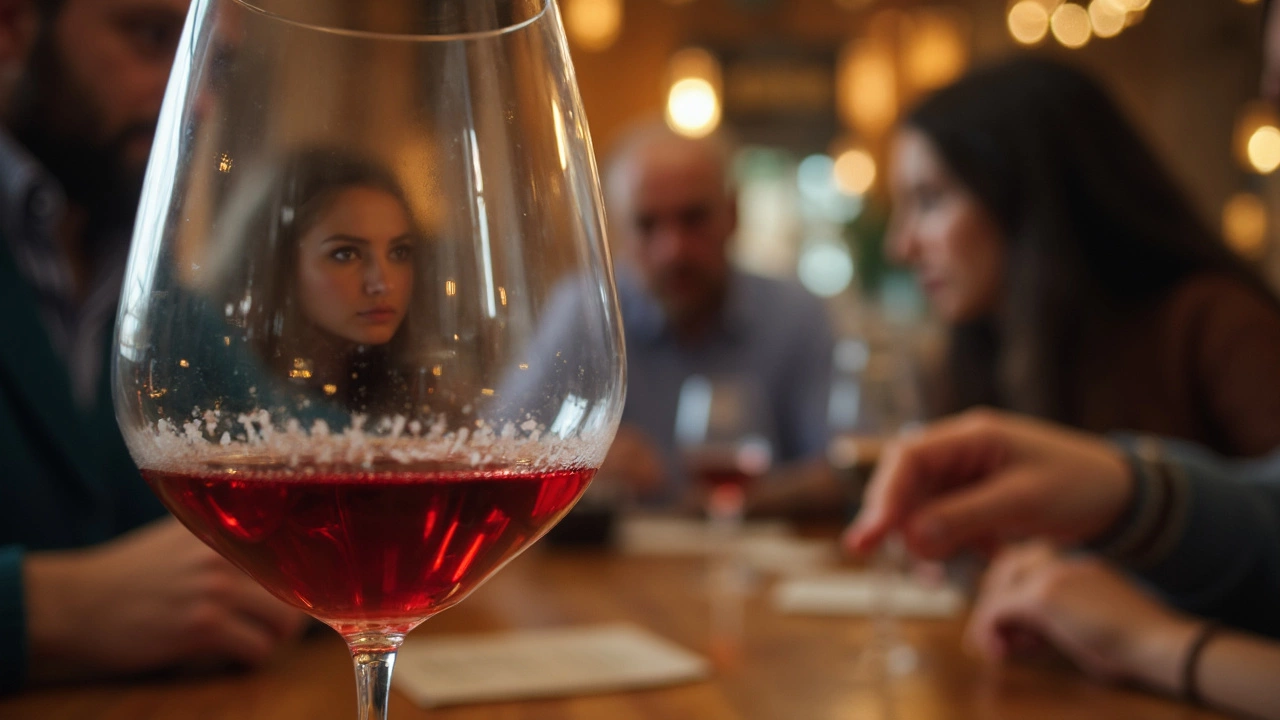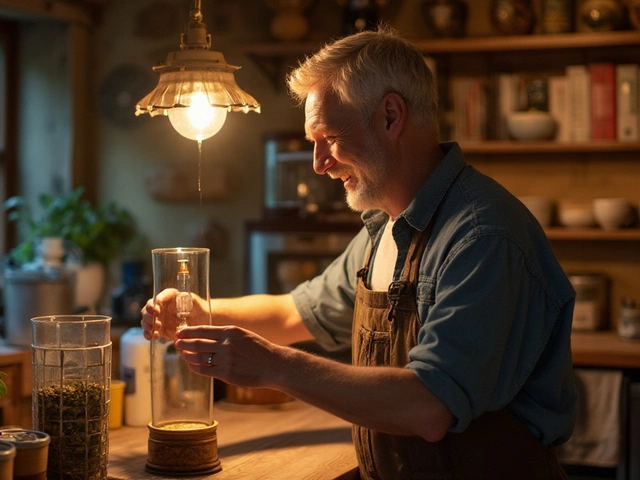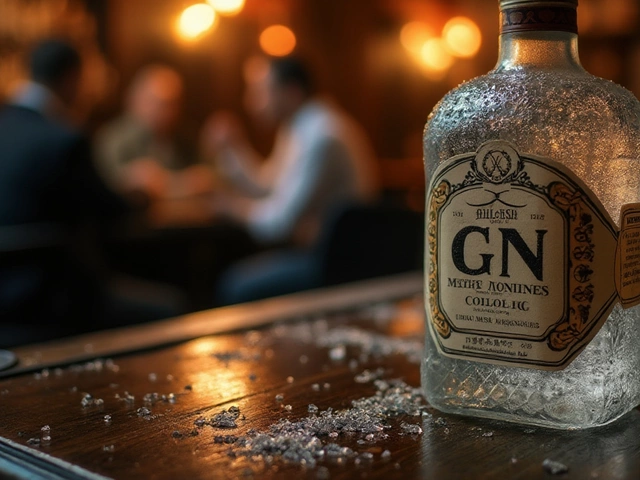Glass Guide: Picking the Perfect Drinkware for Every Sip
Ever wondered why a wine tastes different in a tall goblet versus a short tumbler? It’s not magic – it’s the glass. The shape, size, and even the thickness of a glass can change how aromas hit your nose and how flavors land on your tongue. Below you’ll get quick, practical tips to choose the right glass for any drink, keep it looking good, and avoid common mistakes.
Know Your Glass Types
First up, know the basics. A wine glass usually has a wide bowl and narrow rim. Red wine lovers prefer a bigger bowl to let the wine breathe, while white wine fans like a tighter opening to keep the chill in. Cocktail glasses come in several shapes – the classic martini glass, the lowball (or old‑fashioned) glass for spirit‑forward drinks, and the highball for mixed drinks with lots of ice. For beer, you’ll see pint glasses, steins, and tulip‑shaped glasses that hold the head better.
Each shape does something specific. A tulip glass concentrates hop aromas in a IPA, while a fluted champagne flute preserves bubbles by reducing surface area. If you’re serving a sparkling wine, skip the round bowl – the flute is the real winner.
Pick the Right Size and Material
Size matters more than you think. A giant wine glass can make a sip feel tiny, and a tiny glass can make a drink feel too strong. Aim for a glass that holds about 12‑16 oz for most wines and 8‑10 oz for cocktails. Bigger isn’t always better – a sleek, 6‑oz coupe can be perfect for a dry martini.
Glass material also plays a role. Crystal looks fancy, but it’s more fragile and can chip easily. Regular soda‑lime glass is sturdy, dishwasher‑safe, and fine for everyday use. If you’re serving hot drinks, a thick‑walled glass or a traditional mug will keep heat from burning your hand.
One quick tip: avoid glasses with a lot of decorative cuts if you plan to use them for sparkling drinks. Those patterns trap bubbles and disrupt the fizz.
Care and Maintenance Made Simple
Cleaning glassware the right way keeps it sparkling and prevents odors. Hand‑wash delicate glasses with warm water and a soft sponge. For sturdy glasses, the dishwasher is fine, but place them on the top rack to avoid high heat damage.
Dry glasses upside‑down on a clean towel to avoid water spots. If you notice cloudy spots, a quick dip in a mixture of white vinegar and water will restore clarity. Store glasses upright, but give each one a little breathing room – stacking can cause scratches.
Now you’ve got the basics: know the type, size, and material, then keep them clean. With the right glass in hand, every sip feels a bit more special.
Quick Cheat Sheet
- Red wine: Large bowl, 12‑16 oz, thin rim.
- White wine: Smaller bowl, 10‑12 oz, tighter opening.
- Champagne: Fluted flute, 6‑8 oz.
- Cocktails: Martini – 6‑8 oz, lowball – 8‑10 oz, highball – 12‑16 oz.
- Beer: Pint – 16‑20 oz, tulip for IPAs – 12‑14 oz.
Pick the right glass, follow the care tips, and you’ll notice a real upgrade in taste and enjoyment. Cheers to smarter sipping!
Ever noticed those streaks running down your wine glass and wondered what they're all about? This article breaks down what wine legs really mean, why they form, and whether they say anything important about quality. Get no-nonsense tips on how to read them, spot myths, and actually use them the next time you're tasting wine. No fluff, just practical info you can use. Perfect for anyone who's stared at their glass and asked, 'So what?'
View Details

